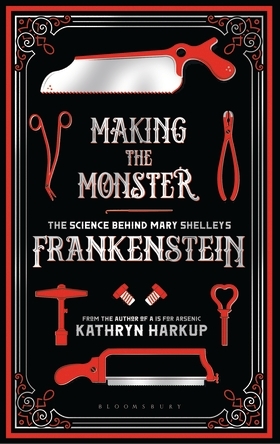 |
Old English Medical Remedies
by Sinead Spearing ISBN-13: 9781526711700 Hardback: 152 pages Publisher: Pen & Sword Released: Feb. 28, 2018 |
Source: ebook review copy from the publisher through NetGalley.
Book Description, Modified from NetGalley:
In 9th century England Bishop Ælfheah the Bald is dabbling with magic. By collecting folk remedies from pagan women, he risks his reputation. What will modern science make of the elves, hags and nightwalkers which stalk the pages of Bald's book and its companion piece Lacnunga, urging prescriptions of a very different, unsettling nature. Cures for the 'moon mad' and hysteria are interspersed with directives to drink sheep’s dung and jump across dead men’s graves. Old English Medical Remedies explores the herbal efficacy of these ancient remedies whilst evaluating the supernatural, magical elements and suggests these provide a powerful psychological narrative.
My Review:
Old English Medical Remedies looks at Bald's "Leechbook III" and "Lacnunga," where he recorded medical recipes and rituals from 400 to 900 AD Britain. The rituals often targeted supernatural causes of disease, like elves, hags, and night walkers. While the recipes usually do include herbs, the author points out that many of these herbs are toxic and so would not be used in modern medicine. Also, no amounts are recorded, so we can't replicate what they did anyway.
Since many of the remedies involve visualization, focused intention, transference, curses, sympathetic magic, and ritual, the author looked at other ancient traditions and modern things that we do which are similar and how it may help the sick. It's more a philosophical look at the rituals than a scientific one. However, he did consider the medical action of the various herbs and how it may have helped the person, as well as the psychological benefit of the rituals. He also looked at how the church tried to repress these remedies and the memory of the healing women who used them as the Christian Church came into power.
If you've read this book, what do you think about it? I'd be honored if you wrote your own opinion of the book in the comments.









